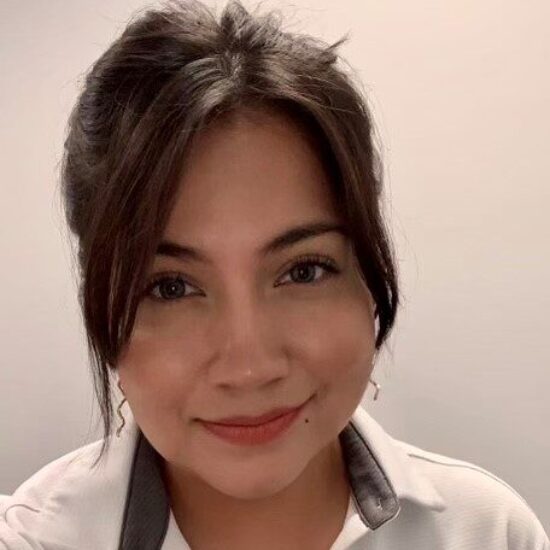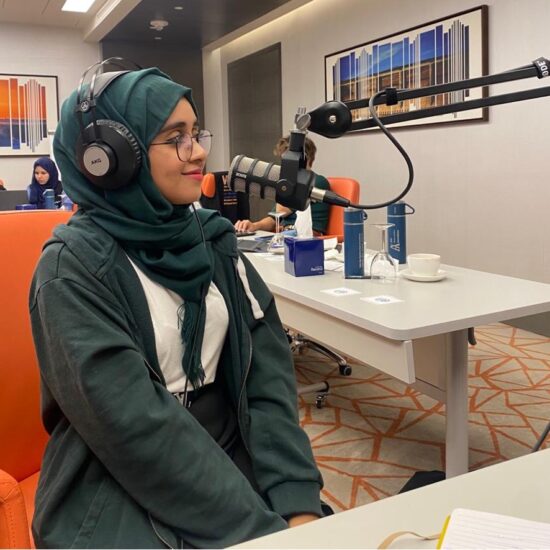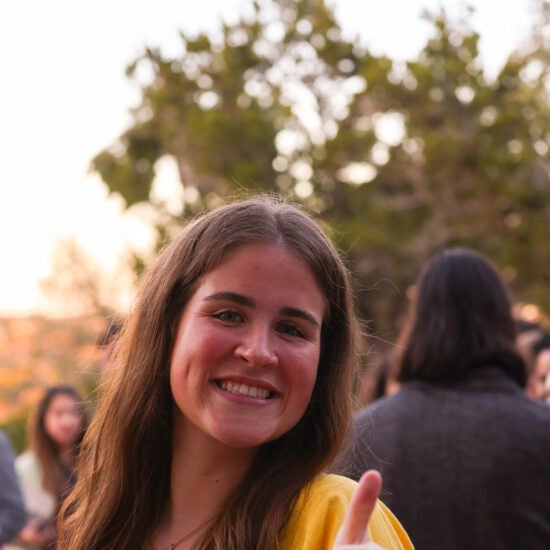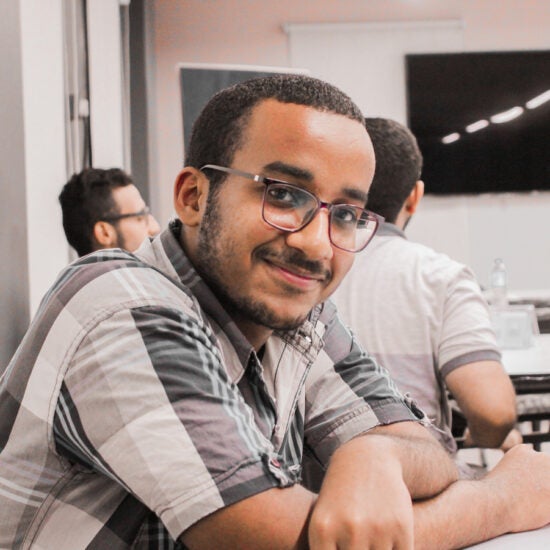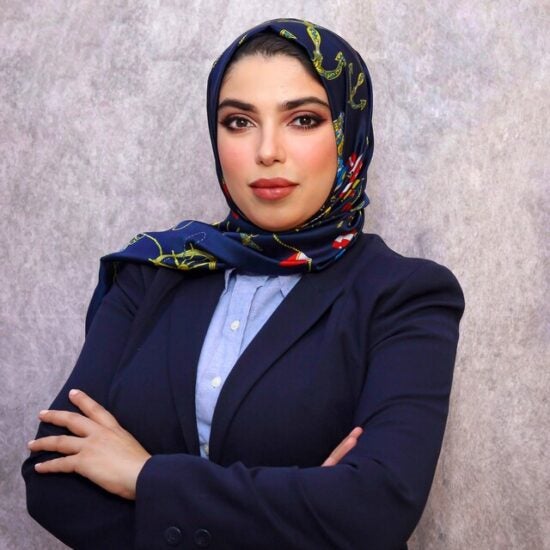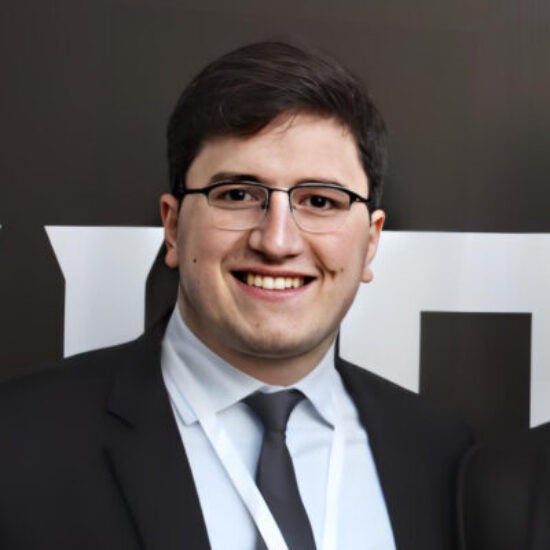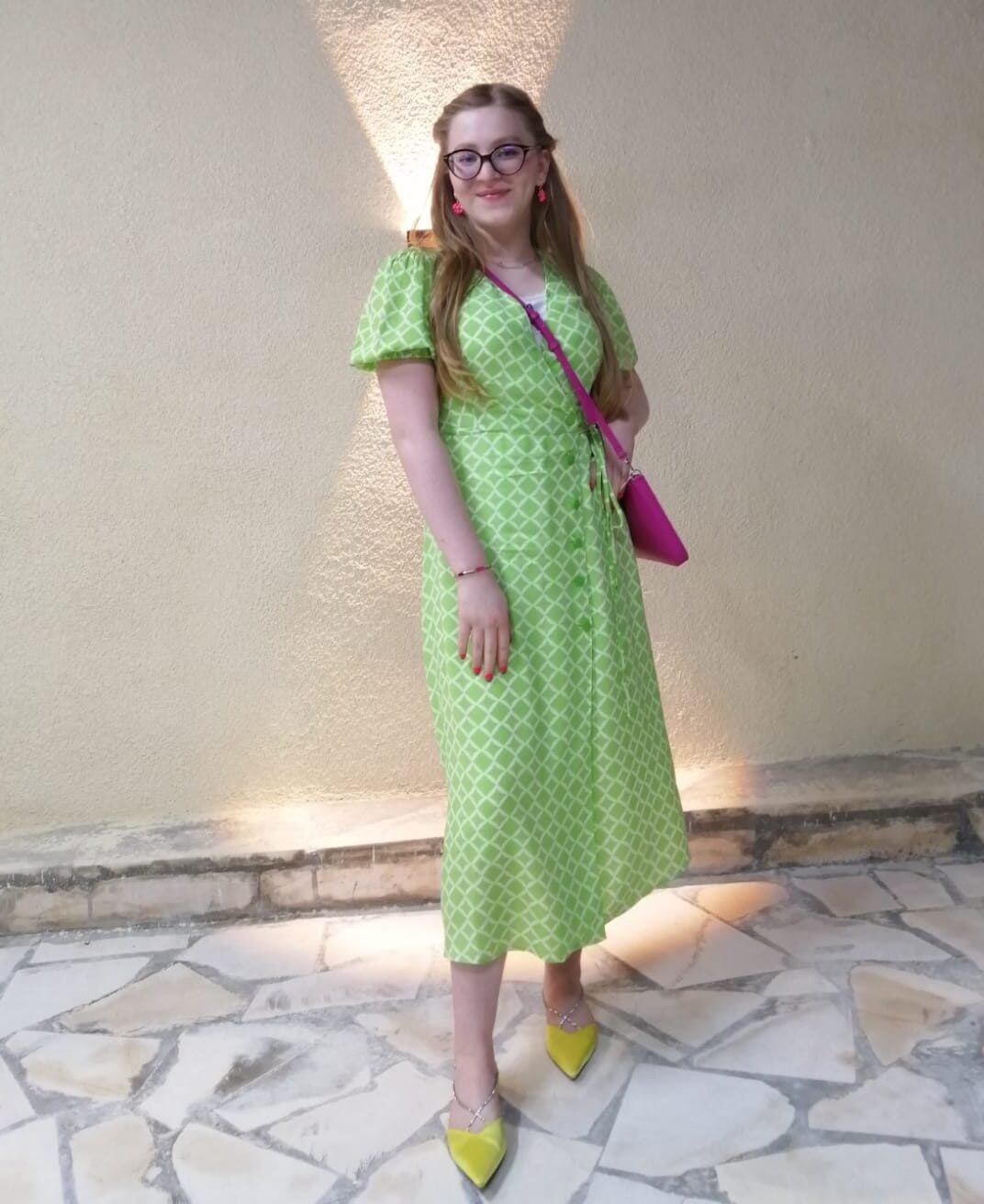 For Sebsa, a high school student living in Amman, Jordan, it all began with an ad on social media via the Royal Health Awareness Society urging teens interested in science and innovation to apply for the Junior Academy. While her curiosity was piqued, she hesitated at first. Few of her classmates shared her passion for science, and she had never embarked on a virtual collaborative project with peers from different countries.
For Sebsa, a high school student living in Amman, Jordan, it all began with an ad on social media via the Royal Health Awareness Society urging teens interested in science and innovation to apply for the Junior Academy. While her curiosity was piqued, she hesitated at first. Few of her classmates shared her passion for science, and she had never embarked on a virtual collaborative project with peers from different countries.
Applying for the program was a first step that launched the teen on an exciting new path. Accepted as a New York Academy of Sciences Junior Academy participant, Sebsa teamed up with four other young people, one from Jordan and three from the U.S., to address the challenge, The Impact of COVID-19 on Non-Communicable Diseases. “We were all a bit nervous when we first met online,” Sebsa says, adding that it took no time for their initial shyness to disappear. “I immediately realized [that these are] the type of people I want to connect with.”
For three months, Sebsa collaborated closely with her group members on innovative ways to mitigate the impact of COVID-related lockdowns and restrictions on the treatment of diabetes, eventually opting to create an application that would enable doctors to monitor their diabetic patients remotely. App development was a new experience for Sebsa, and she learned a lot from the interactions with her teammates and walked away from her program with a whole new set of skills.
Completing the challenge required hard work and pressure felt intense at times, Sebsa says. The end result justified all her efforts. “I am very proud of what we have achieved,” Sebsa says, delighted that her team’s project won third place with their contribution. “But the proudest people were my mom, because she works in healthcare, and my science teacher.”
Submitting the Junior Academy Challenge project marked the completion of Sebsa’s first virtual exchange, but the teen’s journey into science and innovation is only just beginning. At school, she was invited to deliver a 45-minute presentation about her team’s project outcomes and share about her Junior Academy experience to her classmates who were impressed with her innovative spirit and newfound knowledge. Many expressed a wish to follow in her footsteps and to explore international education experiences, like virtual exchange.
Working across borders with like-minded students has boosted Sebsa’s self-confidence. Inspired by this first success, Sebsa continues to seek new opportunities to learn and shine. In partnership with her sister and four other participants, she entered a National Competition for Young Entrepreneurship, organized by Entro Gate and won first place. “[The competition] was one of the most lovely and memorable moments because we were able to enjoy it as a team,” said Sebsa. After enrolling in a robotics and technology course, Sebsa decided to test her new teamwork skills in a nationwide tournament in Jordan, coming third in the competition. She has now signed up for another science program with Jordan’s Abdul Hameed Shoman Foundation that focuses on applying science to real-life problem solving.
The Junior Academy Challenge has taught Sebsa important skills, such as organization, efficiency, meeting deadlines and teamwork. Above all, the experience has fueled her desire to keep pushing her personal boundaries and exploring the wide world of science. “I want to study science, but also entrepreneurship,” says the teenager. “I want a career that links the two and doesn’t just benefit me, but enables me to help others.”
If you are interested in sharing about this program with young people you serve, complete this form.
Junior Academy is implemented by The New York Academy of Sciences and is supported by the J. Christopher Stevens Virtual Exchange Initiative (JCSVEI). JCSVEI is a U.S. Department of State’s Bureau of Educational and Cultural Affairs program administered by the Aspen Institute.
JCSVEI partners with the U.S. Department of State on the Junior Academy program. We are reviewing this website to ensure compliance with recent executive orders and other guidance.
 For Sebsa, a high school student living in Amman, Jordan, it all began with an ad on social media via the Royal Health Awareness Society urging teens interested in science and innovation to apply for the Junior Academy. While her curiosity was piqued, she hesitated at first. Few of her classmates shared her passion for science, and she had never embarked on a virtual collaborative project with peers from different countries.
For Sebsa, a high school student living in Amman, Jordan, it all began with an ad on social media via the Royal Health Awareness Society urging teens interested in science and innovation to apply for the Junior Academy. While her curiosity was piqued, she hesitated at first. Few of her classmates shared her passion for science, and she had never embarked on a virtual collaborative project with peers from different countries. 